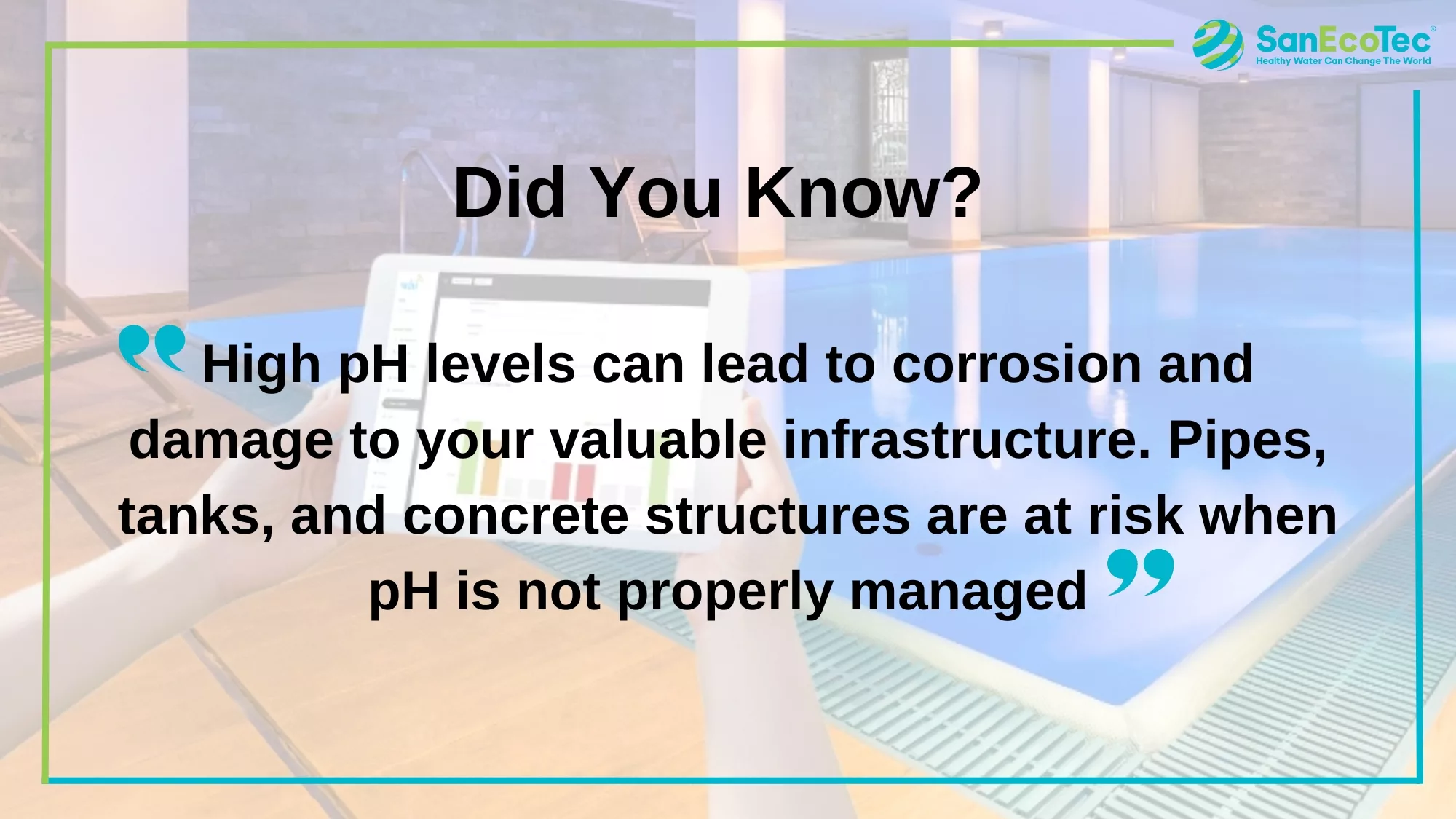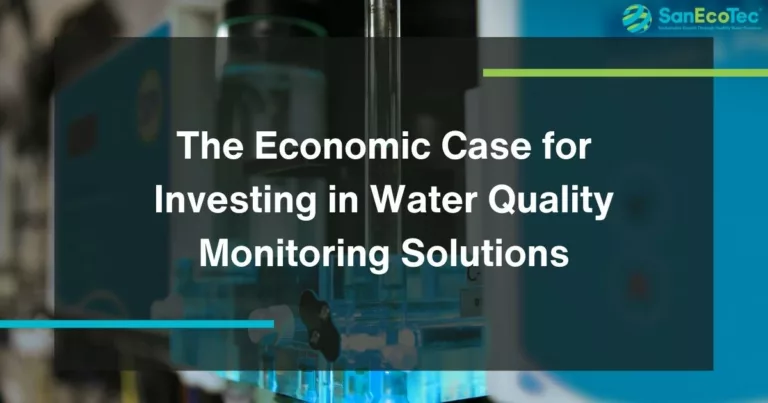pH: The Most Important Water Factor
Water is an essential natural resource without which our planet would be barren and lifeless. It’s not just humans but all forms of life depend on water to thrive and survive. Water plays an indispensable role in our daily lives, from quenching our thirst, cooking delicious meals, growing our food and producing goods. However, water quality has been significantly affected by the rise of pollution in the modern world. Water quality depends on numerous factors. pH is, though, the most significant Key Performance Indicators. Managing water quality and health depends on proper pH. The question is, what is pH, and why is pH so important?
The pH of a solution (must be wet) is a critical indicator. Playing a significant role in determining the availability of essential nutrients. It can also impacts the biological processes at work, the behaviour of bacteria, and the disinfection capacity various chemicals. pH determines the disinfection vs the oxidation capacity of chlorine. This makes it hyper critical to monitor, manage and closely control pH levels across a wide range of applications. Greenhouses, Swimming Pools, and Food & Beverage processing; all count on accurate and precise pH control.
Proper pH optimization supports, to name but a few, optimal plant growth conditions and safe and healthy swimming pool conditions. It preserves the taste, quality, and safety of food and beverages. Neglecting to monitor and regulate pH can result in imbalanced ecosystems, diminished product quality, and even health hazards for humans and animals. In chemistry, the pH scale determines whether a liquid is acidic or alkaline. It is used to gauge an aqueous solution’s acidity or basicity. The scale is logarithmic, displaying between 0 and 14. Seven, in the middle, is regarded as neutral. A solution is deemed acidic if its pH value is lower than 7. The pH is considered alkaline if it is more than 7.
The ability to digitally monitor water quality parameters in real-time, including the pH, temperature, turbidity, flow, and conductivity in real-time is now possible thanks to digital monitoring equipment such as the SPI On-Line system. SPI measures – accurately and precisely – multiple water process metrics that directly affect water quality, safety, and compliance. Such as advanced chlorine, ozone or peroxide chemistry, pH, flow, water clarity, temperature, conductivity, or other KPIs, as relevant. Using this information, it is possible to spot changes in water quality and take action to prevent or mitigate adverse events.
In Pools, for example, it is necessary to maintain an optimal pH level for bathers. Balanced water chemistry helps ensure swimmers feel comfortable and enjoy their time in the pool. A balanced pH ensures the smooth operation of swimming pool equipment and positively affects its durability and lifespan. Maintaining an optimized pool water pH level is essential for preserving valuable infrastructure. If the pH level is too low (acidic), corrosion of metal components such as pumps, filters, and heaters is likely, leading to expensive repairs and replacements.
On the other hand, high pH (alkaline), can cause scaling on pool surfaces, filters, and pipes. Restricting water flow and reduce the efficiency of the pool equipment. By optimizing the pool water pH level, pool operators can prevent costly maintenance issues and extend the lifespan and effectiveness of their equipment. Additionally, as mentioned, maintaining the correct pH level improves the effectiveness of chlorine, mitigating harmful bacteria and viruses in the pool.
For Greenhouse growers, accurate and precise pH measurement is the most important KPI to analyze in water quality. Maintaining optimal pH level in greenhouses is vital for optimal plant growth and nutrient uptake. The pH of water directly affects the solubility and availability of nutrients in the soil or growing medium.
Controlling the pH of irrigation water, ensures optimal nutrient uptake. Additionally, different nutrients have specific pH, and every greenhouse grower has a unique nutrient recipe. Yet water is always the foundation, with its local peculiarities. Maintaining the correct pH helps ensure that plants can efficiently absorb the nutrients they need.
Furthermore, pH plays a crucial role in supporting healthy microbial activity in the soil. Beneficial soil microorganisms are responsible for breaking down organic matter and releasing nutrients for plants. These microorganisms thrive in specific pH conditions, maintaining an optimal pH range, enhances activity, leading to improved nutrient cycling and availability. Optimal pH also impacts water treatment in the greenhouse and is essential in making a process more consistent.
SanEcoTec, is a Canadian clean-tech company, that specializes in Water Quality Management . Its digital water quality platform: the Water Health Index, helps water stakeholders. It solves, manages, and optimizes water health while saving precious resources. In real-time, its prescriptive and predictive analytic provide actionable insights and intelligence. This innovative platform effectively mitigates microbiological risk and disinfection by-product challenges while reducing chemical, water, and energy waste. The Platform also serves as an insightful Digital Logbook with immediate interpretation of the data for water operators, including pH analytics and optimization.
For a variety of reasons, maintaining the pH of water is important and essential for protecting processes, people and planet’s safety and health. A pH balance helps aquatic systems function properly and increases the efficiency of water purification techniques. Additionally, keeping the pH level in swimming pools adjusted helps reduce the risk of skin and eye irritation and increases the longevity of pool equipment.
Access to clean and safe water for our everyday requirements by taking proactive steps to manage the pH level of the water. In the end, it is up to us all to protect our most precious resource, water, and keep it safe for ourselves and future generations.



